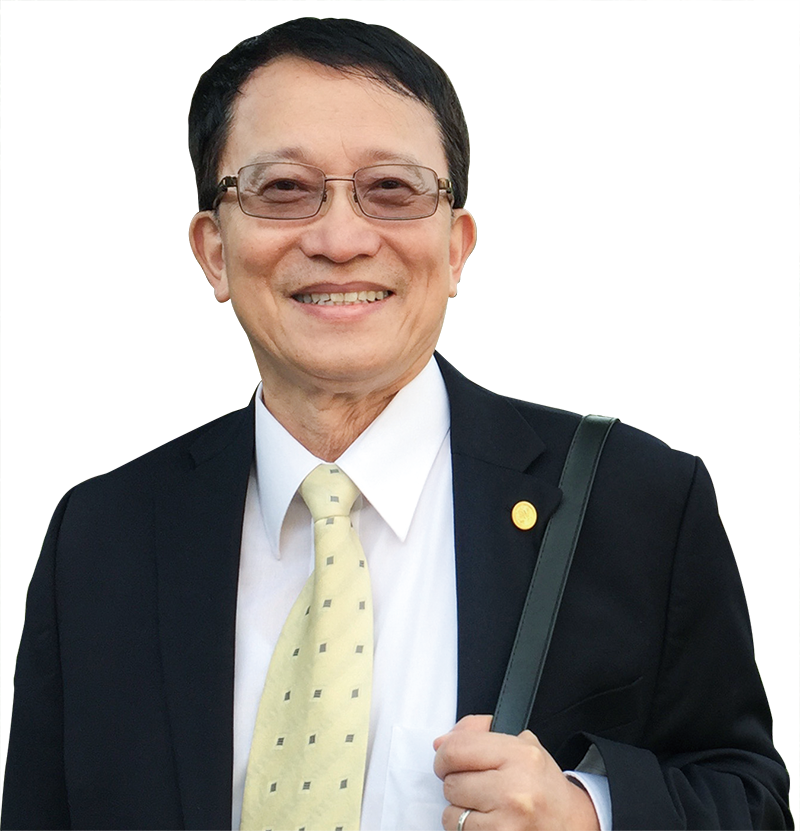Heterogeneous Integration: Key to Developing Fully Optoelectronic SoCs
In optoelectronics and semiconductors, one of the most compelling emerging trends in 2025 is the development of a full-spectrum System-on-Chip from RF-to-Optics. Achieving this ambitious goal, however, will require driving heterogeneous integration down tothe device junction level.
Hon Hai Research Institute has begun research into heterojunction material generation. Current efforts remain largely at the device level, such as peeling silicon layers and bonding them onto silicon carbide substrates. By contrast, growing gallium nitride (GaN) directly on large silicon wafers offers superior potential for scalability and deployment, including the possibility of heterojunction growth across an entire wafer. This is the direction we hope HHRI will actively pursue in the near future.
The central challenge today lies in the direct formation of heterojunction materials on silicon substrates. Since silicon itself does not emit light, achieving true optoelectronic integration requires integrating light-emitting gallium nitride (GaN) with silicon-based electronic devices. This involves complex epitaxial growth techniques, and researchers and industry players worldwide are experimenting with various approaches to overcome the technical barriers.
Precision remains a major challenge in photonic device engineering. Achieving tight optical alignment between transmitters and receivers at the microscopic scale, while enabling large-scale integration, is a formidable technical hurdle. It is also one of the key reasons why the cost of photonic integrated circuits remains high. A breakthrough in this area could significantly reduce the production costs of optoelectronic system chips.
Since its founding in 2020, Hon Hai Research Institute has produced world-class publications and forged international collaborations. Yet what matters even more is the courage to ask not only how to do things well, but why we do them in the first place.We strive for quantum leaps, not merely doing things well but doing the right things, even if it means taking on challenges once deemed impossible. Only through this mindset can we create technologies that are unprecedented, uniquely competitive, and form the unique core strengths of Hon Hai Technology Group.
